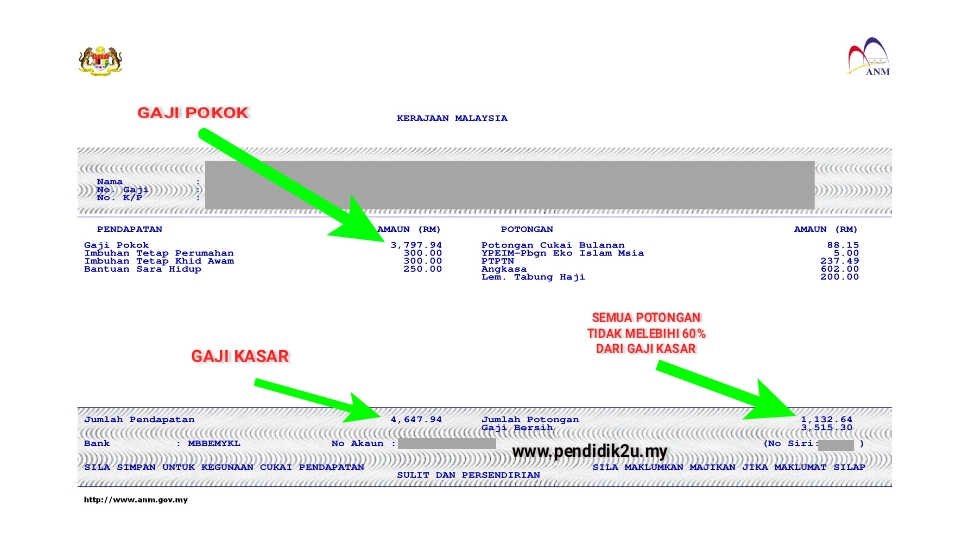Understanding GDP Per Capita: A Key Economic Indicator
What does it truly mean when we talk about a country's wealth? While the total size of an economy is important, it doesn't tell the whole story. To get a clearer picture of the economic well-being of individuals within a country, we need to look at GDP per capita, which is short for Gross Domestic Product per capita. This essential metric offers valuable insights into a nation's economic performance and the average standard of living.
Gross Domestic Product per capita, often abbreviated as GDP per capita, essentially represents the average economic output per person in a given country. It's calculated by dividing a country's total GDP by its total population. This figure provides a useful snapshot of how much economic value is generated for each individual, offering a more nuanced understanding than simply looking at overall GDP. Understanding this metric is crucial for anyone interested in economics, international development, or simply comparing living standards around the world.
The concept of GDP per capita has its roots in the development of national accounting systems in the 20th century. As economists sought better ways to measure and compare national economies, the need for a per-person metric became apparent. GDP per capita emerged as a key indicator, allowing for a more accurate assessment of a country's economic health and the prosperity of its citizens.
The significance of GDP per capita lies in its ability to provide a standardized measure of economic well-being across different countries. By taking population into account, it allows for more meaningful comparisons than simply looking at total GDP. For example, a country with a large GDP might still have a low GDP per capita if it has a very large population. This would suggest that the wealth generated is spread thinly across a large number of people, potentially indicating lower living standards.
However, it's important to acknowledge the limitations of GDP per capita. While it provides a valuable overview, it doesn't capture the entire picture of a nation's well-being. Factors such as income inequality, environmental sustainability, and social factors like education and healthcare are not directly reflected in GDP per capita. Therefore, it should be used in conjunction with other indicators to gain a comprehensive understanding of a country's overall development.
Calculating GDP per capita is straightforward: divide the total GDP of a country by its total population. For instance, if a country has a GDP of $1 trillion and a population of 100 million, its GDP per capita would be $10,000.
One benefit of using GDP per capita is its ability to track economic growth over time. By observing changes in GDP per capita, we can see whether a country's economy is expanding and improving the average standard of living for its citizens. Another benefit is the ability to compare economic performance across countries, providing insights into relative levels of development and prosperity.
Advantages and Disadvantages of Using GDP Per Capita
| Advantages | Disadvantages |
|---|---|
| Easy to understand and calculate | Doesn't reflect income distribution |
| Facilitates cross-country comparisons | Ignores non-market activities |
| Tracks economic growth over time | Doesn't account for environmental sustainability |
Frequently Asked Questions about GDP Per Capita:
1. What is GDP per capita? - It is the average economic output per person.
2. How is it calculated? - By dividing a country's GDP by its population.
3. Why is it important? - It provides a measure of average living standards.
4. What are its limitations? - It doesn't reflect income inequality or other social factors.
5. Can it be used to compare countries? - Yes, it allows for cross-country economic comparisons.
6. Does it capture everything about well-being? - No, it's just one indicator among many.
7. How can it be improved? - By considering additional factors like income distribution and environmental impact.
8. Where can I find GDP per capita data? - From sources like the World Bank and the International Monetary Fund.
In conclusion, Gross Domestic Product per capita serves as a valuable tool for understanding and comparing the economic well-being of nations. While it has limitations, its simplicity and widespread availability make it a crucial indicator for policymakers, economists, and anyone seeking to grasp the economic landscape of different countries. By understanding its meaning, calculation, and limitations, we can gain a clearer picture of global economic development and the relative prosperity of nations. It is crucial to remember that economic progress is not solely about increasing GDP per capita, but also about ensuring a more equitable distribution of wealth and improving the overall quality of life for all citizens. This requires a holistic approach that considers various factors beyond economic output, including social, environmental, and human development indicators.
Navigating the appeal of ill respect your taste novels
Engaging with history first year secondary school activities
Navigating the landscape of m and m freight and logistics reviews













